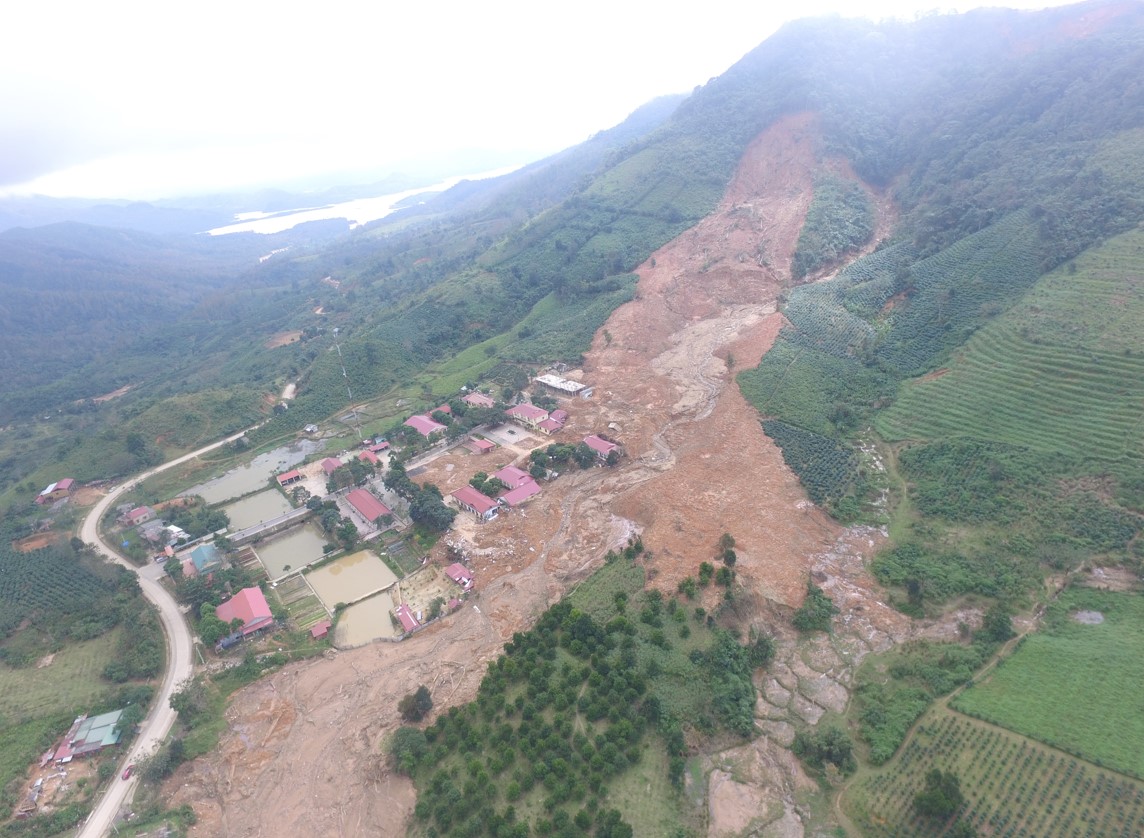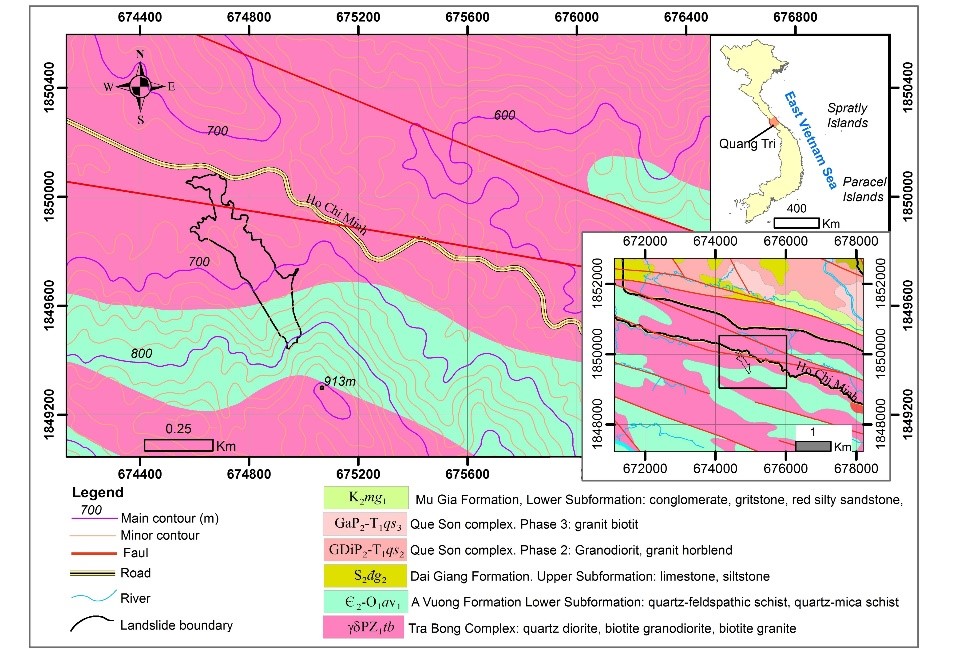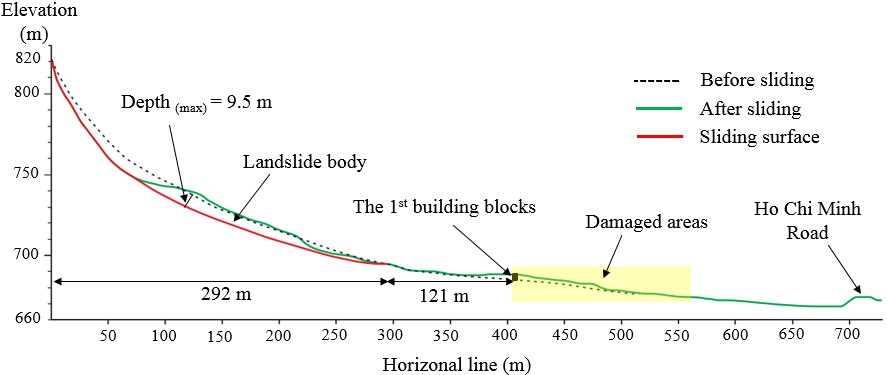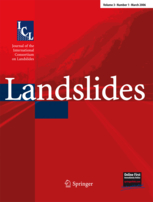The Deadliest Single Landslide in Vietnam, 2020
LCI : VNM202509011830| Main Information | |
| Landslide Name | : The Deadliest Single Landslide in Vietnam, 2020 |
| Latitude | : 16:43:19.89 N |
| Longitude | : 106:38:26.87 E |
| Location | |
| City / District | : Huong Hoa |
| Province | : Quang Tri |
| Country | : Việt Nam |
| Reporter | |
| Reporter 1 | : Pham Tien |
| Reporter 2 | : Tien Van |
| Landslide Type | |
| Material | : Debris, Earth |
| Movement | : Slide, Flow |
| Velocity (mm/sec) | : Extremely Rapid |
| Depth (m) | : Moderate-Shallow |
| Slope (degree) | : Moderate |
| Volume (m³) | : Large-Moderate |
| Date of Occurence | |
| Date of Occurence | : Oct 18, 2020 |
| Other Information | |
| Land Use |
Source area : Forest Run-out/deposition area : Human settlement, Road |
| Other Activity | : Active in the past |
| Triggering Factor | : Rainfall |
| Death(s) & Missing | : 22 |
| Houses and other structural damage | : - |
| Photo of landslide | :  |
| Google earth kmz file | : The 2020 Deadliest Single Landslide in Vietnam.kmz |
| Plan of landslide | :  |
| Cross section of landslide | :  |
| Reference (paper/report) | : https://link.springer.com/article/10.1007/s10346-021-01664-y |
| Testing graph | : - |
| Monitoring graph | : - |
| Video of moving landslides including 3D simulation | : - |
| Description | : |
At 1:05 AM on Sunday, 18 October 2020, a rapid long-travelling landslide induced by heavy rainfall struck a military barracks in Huong Phung commune, Huong Hoa district, Quang Tri province, Vietnam, killing 22 soldiers. The landslide mass originated from the hilltop, moving downslope and completely burying four buildings while partially damaging three others along its path. According to a survivor’s account, the event was preceded by a loud noise resembling a ground explosion, and the landslide reached the barracks within approximately ten seconds, where 29 people were present at the time. Analysis indicates that the failure developed on the slope of an ancient landslide terrain strongly influenced by tectonic faults. The extreme cumulative rainfall over a prolonged period was the critical triggering factor, while geological and morphological conditions acted as the main preparatory causes. The event was characterized by a rapid, flow-like movement with exceptionally high mobility. |
|




